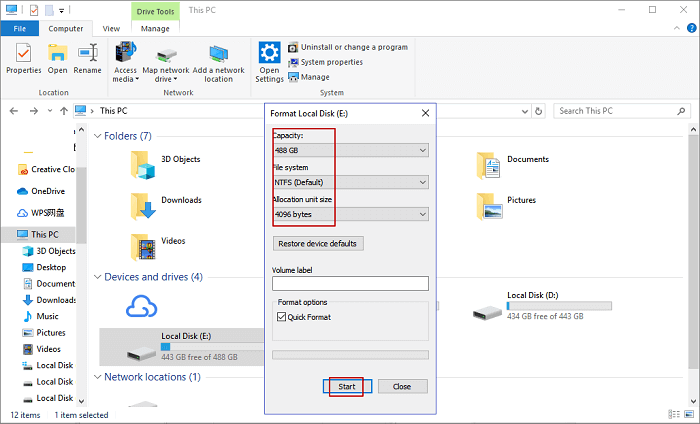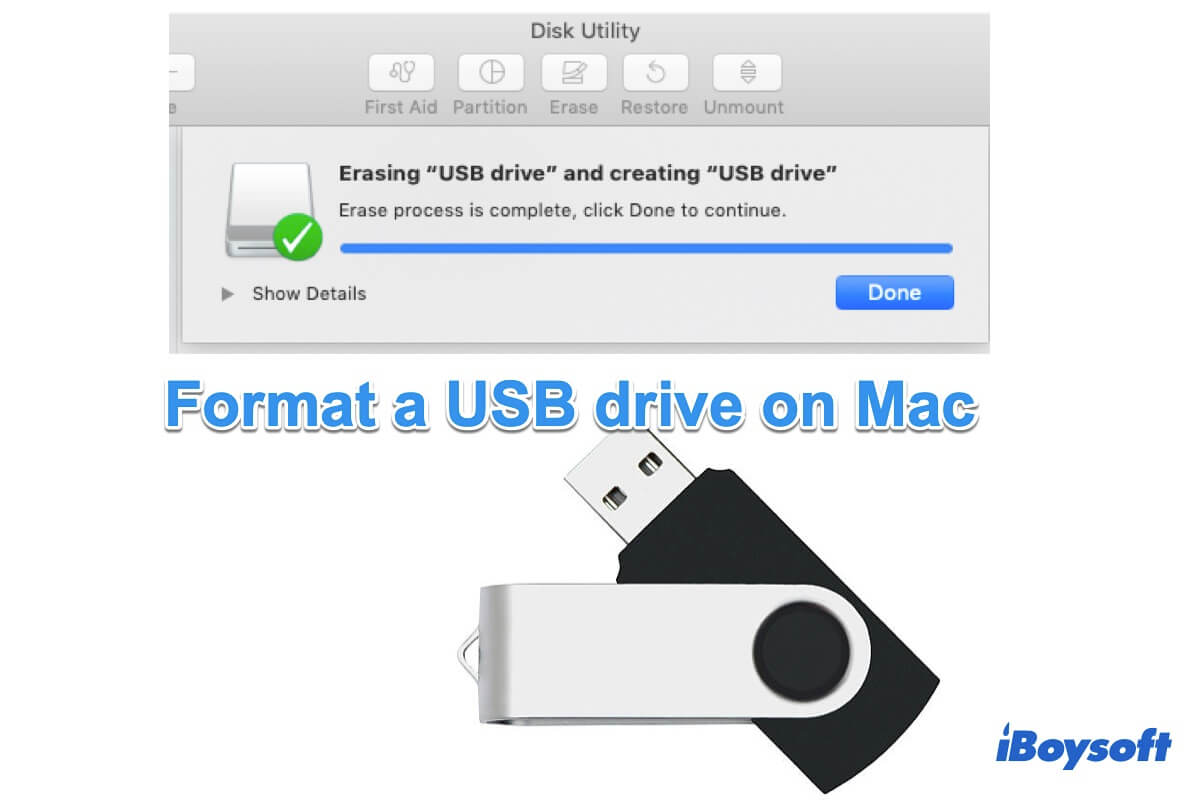

- #FORMATTING USB FOR MAC AND PC HOW TO#
- #FORMATTING USB FOR MAC AND PC MAC OS X#
- #FORMATTING USB FOR MAC AND PC INSTALL#
- #FORMATTING USB FOR MAC AND PC PASSWORD#
- #FORMATTING USB FOR MAC AND PC PC#
This will erase all the files on the drive! Avoid the Mac-only Apple Partition Map (APM) scheme.Ĭlick the “Erase” button when you’re done and Disk Utility will format your disk with the settings you specified. If in doubt, just select the default GUID Partition Map (GPT) scheme. This choice doesn’t really matter if you don’t plan on booting from the drive. APM is an older, Mac-only partition scheme. You’ll also be asked to choose between a partition scheme: GUID Partition Map, Master Boot Record, or Apple Partition Map. RELATED: What’s the Difference Between GPT and MBR When Partitioning a Drive? Usb Flash Drive Not Recognized
#FORMATTING USB FOR MAC AND PC INSTALL#
It’s not natively supported on many Linux distributions, but you can install exFAT support on Linux.įor external drives, it almost always makes sense to format in ExFAT, unless you’re using the drive for Time Machine. ExFAT is the ideal cross-platform file system. You should use this file system if you may share the drive with Windows PCs and other devices like the PlayStation 4 and Xbox One consoles.

#FORMATTING USB FOR MAC AND PC PASSWORD#
You’ll have to enter a password, and you’ll need to provide that password whenever you connect your drive to your Mac.
#FORMATTING USB FOR MAC AND PC MAC OS X#
By default, Mac OS X doesn’t use a case-sensitive file system.

You’ll be asked to provide a name for the disk, which will appear and identify the disk when you connect it to a Mac, PC, or another device. Select the drive by clicking its name.Ĭlick the “Erase” button after selecting the entire drive to erase the entire drive and create a single partition on it. Your connected drives will appear under “External” in the Disk Utility’s sidebar. You can also open a Finder window, select “Applications” in the sidebar, and head to Utilities > Disk Utility. Press Command+Space to open the Spotlight search dialog, type “Disk Utility”, and press “Enter” to launch the app. To format a drive on a Mac, you’ll need the built-in Disk Utility application. Again, formatting a drive will erase it completely, so make sure you have everything backed up that you want to keep. If you want to use a different file system on your USB drive, you’ll need to “format” it. In the screenshot below, the drive is formatted with the exFAT file system. You’ll see the drive’s file system displayed to the right of “Format” under the General heading. Right-click or Control-click the drive’s icon in the Finder’s sidebar (or on your desktop) and select “Get Info.” So how do you know if your USB drive is using the right format? You don’t need to do anything special with Disk Utility–just plug in your USB drive and open the Finder. RELATED: What File System Should I Use for My USB Drive? But, if you plan on using an external drive with both Macs and PCs, you should format the disk with the exFAT file system instead. By default, they format disks with the Mac-only OS X Extended file system.
#FORMATTING USB FOR MAC AND PC PC#
Best Format For Usb Flash Drive Mac And Pc.Question: Q: best way to format my 16GB flash drive for Mac and PC transferring large power point files? Best way to format my 16GB flash drive for Mac and PC transferring large power point files?

#FORMATTING USB FOR MAC AND PC HOW TO#
For more information, see How to use the Offline System Update Diagnostic Tool on Xbox One. How to format a flash drive to NTFS on Windows To update or repair an Xbox One console from a USB flash drive, you'll need a 4-GB USB flash drive formatted to NTFS. Learn a few ways to make your drive Mac and PC friendly. If you have an external hard drive or USB flash drive that you’d like to use on both Macs and Windows PCs, choosing the right file system to format the drive can be confusing.


 0 kommentar(er)
0 kommentar(er)
